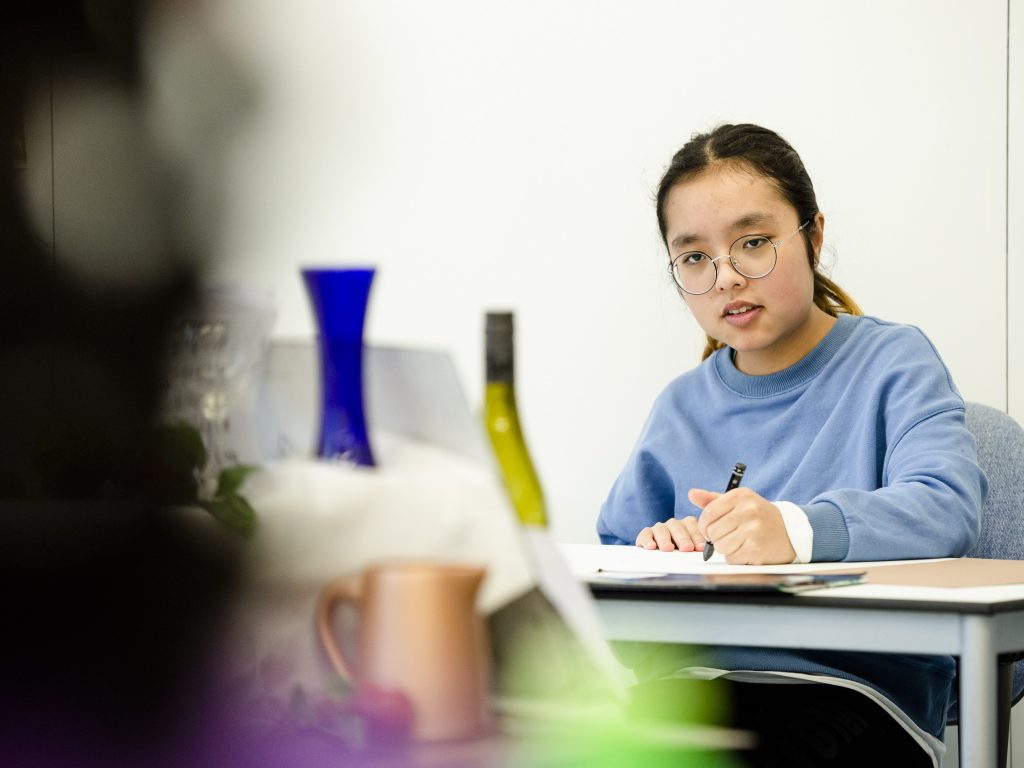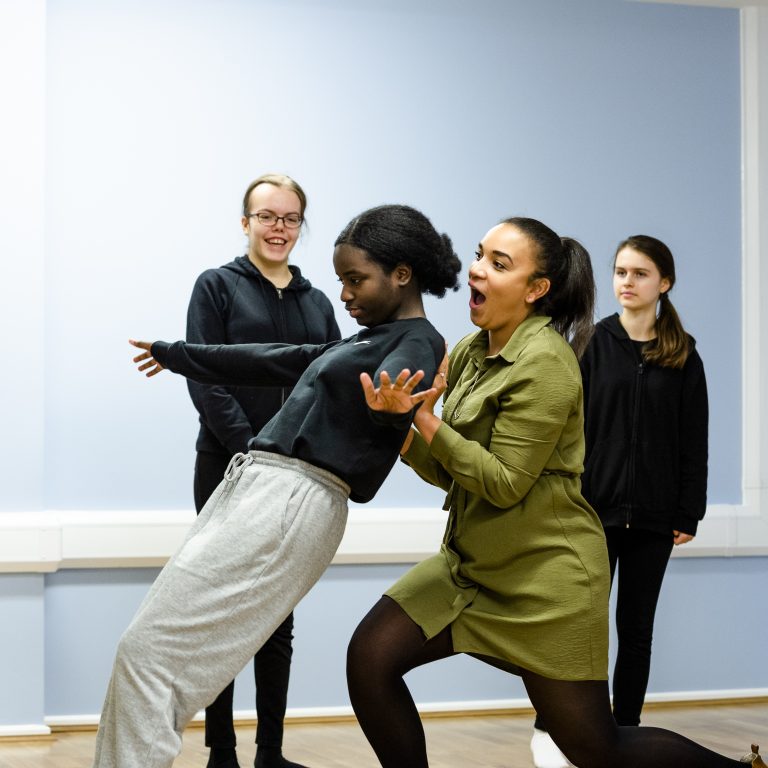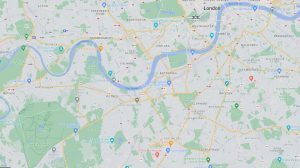Art and Photography gives pupils the opportunity to respond creatively to their experiences and environment, to gain an understanding of other artists’ and photographers’ work and expand visual knowledge.
All the creative disciplines encourage problem solving skills and lateral thinking which in turn helps to build confidence and self-esteem.
A level Art & Photography
We recommend that any student wishing to study at Art or Photography A Level must have a genuine interest in the subject and be prepared to study independently. They must have completed GCSE studies in their chosen subject.
Component 01: Personal investigation.
Learners must produce two elements in response to a centre-set or learner-set starting point, brief, scenario or stimulus: a portfolio of practical work and a related study. This component is a non exam assessment. It is internally marked and externally moderated using the marking criteria. This component is marked out of 120 marks and contributes 60% to the overall weighting of OCR’s Art and Design and Photography A Level. The related study should consist of a guided minimum of 1000 words of extended written response.
Component 02: Externally set task.
The early release paper will be issued on 1 February in the year of certification. It will provide learners with a range of themes each with written and visual starting points, a brief and stimuli. From these, one option must be selected by the learner on which they must base their personal response. We will allow learners a set period of time, at their discretion, to prepare for the Externally set task timetabled 15-hour supervised time. The Externally set task is a non exam assessment. It is internally marked and externally moderated using the marking criteria. This component is marked out of 80 marks and contributes 40% to the overall weighting of OCR’s Art and Design and Photography A Level.



